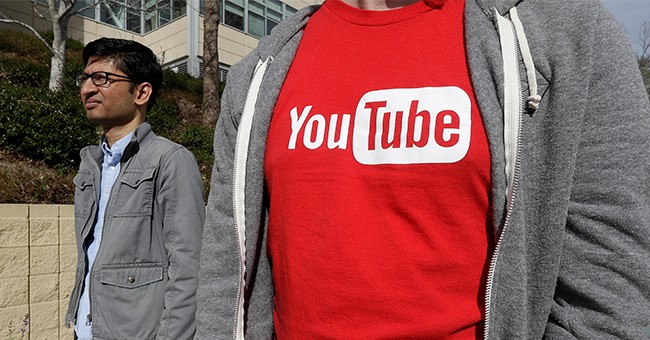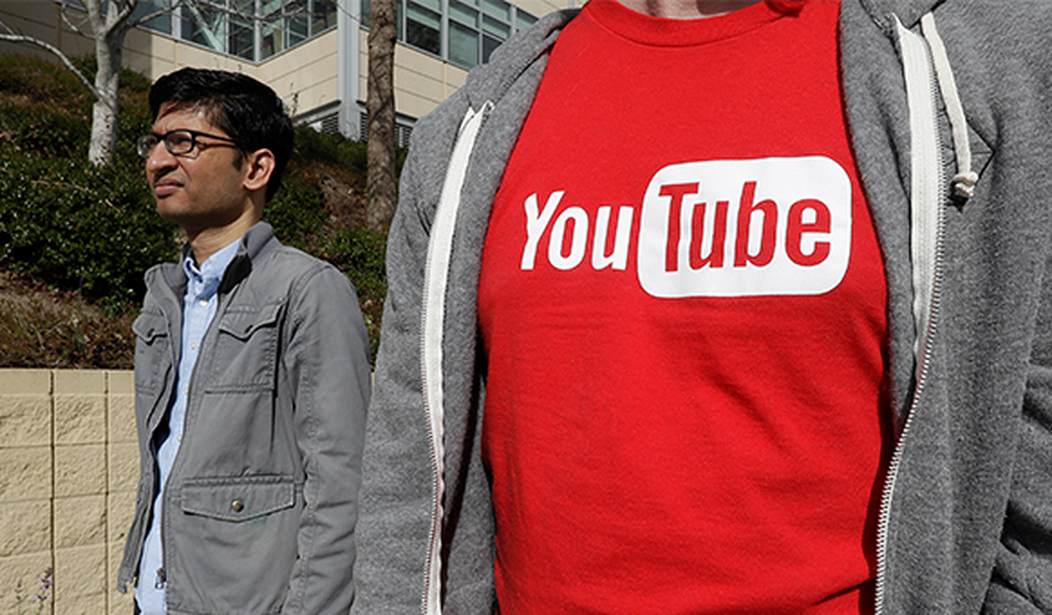
The Internet has brought about a lot of wonderful and terrible things in its wake, but one of the net positives we can look at is the fact that one of the most trafficked user-generated websites in the west is also a place many consider important when it comes to their consumption of news.
Despite Google gearing it toward being more friendly toward corporate news entities, YouTube is still a place where everyday people can upload all sorts of things, from silly nonsense to news coverage.
According to PEW Research, independent journalists are now considered very important in a citizen’s everyday consumption of news:
About a quarter of all U.S. adults (26%) say they get news on YouTube. And while relatively few of these people say it is their primary news source, most say it is an important way they stay informed.
This raises the question: What kind of news are Americans getting on YouTube, and who are they getting it from? A new Pew Research Center study explores these questions in two ways: through a survey, conducted Jan. 6-20, 2020, among 12,638 U.S. adults that asked YouTube news consumers about their experiences on the website; and through an analysis of the most popular YouTube news channels and the contents of the videos published by a subset of these channels in December 2019.
When it comes to independent news personalities such as Tim Pool, Steven Crowder, or David Pakman, 42 percent of people turn to them for updated information on any given event while people look up established news organizations as much as 49 percent:
The content analysis confirms that both of these channel types play prominent roles in the YouTube media ecosystem. The 377 most popular YouTube news channels are largely a mix of established news organizations (49%) and independent channels (42%), with the rest associated with other types of organizations (9%).
The interesting part is that many people center themselves around independent personalities, not necessarily brands:
While 22% of popular YouTube news channels affiliated with a news organization use this personality-driven structure, seven-in-ten of the most popular independent news channels are oriented around a personality. And the people at the center of most of these independent channels are often “YouTubers” (i.e., people who gained a following through their YouTube presence; 57% of all independent news channels) rather than people who were public figures before gaining attention on YouTube (13%).
Of all the numbers, I find this one the most interesting, and while we can speculate, the answer as to why is likely very simple.
According to a Knight Foundation/Gallup poll released in August, 79 percent of people believe that the bias displayed by the media is intentional and that reporters are trying to persuade the viewer to see things as they do, in spite of claims by mainstream reporters that they take no sides.
Independent personalities, at least, for the most part, admit to leaning to one side or another. Their intentions and sides they pick are very honest. Their building of a loyal following rests on that honesty.
Judging by the fact that these independent reporters have so many loyal followers, we can conclude that people are craving a level of honesty that can help them navigate their own opinions and thoughts about a subject.
In other words, if an independent reporter says they’re biased to one side or have taken a side on a specific issue, the viewer can then compare that to what other personalities or news organizations are saying and fill in information blanks or consider points they aren’t raising. This allows for a more robust view of any given news item.
This is especially good for right-leaning people who know they aren’t going to get the real story from a mainstream news outlet.
The other factor that likely plays into the preference is mobility. Thanks to YouTube, one can now get a take on a news item from Ben Shapiro while they’re cooking dinner, walking their dog, or playing a video game. They no longer have to worry too much about watching something at a specific time or having to put their full attention on a report from the media. Many of these independent news sources do this in podcast style, meaning your eyes aren’t really necessary.
It’s also a little more simple to absorb news items from YouTube personalities. The Quartering, a new vlog revolving around the entertainment industry, creates anywhere from three to five videos a day that revolve around specific news topics. In the mainstream media, you may get deluged with so many that you become overwhelmed.
While it’s unlikely that mainstream media will ever go away, one thing that is good is that it’s now being balanced out by independent news sources that are far more trusted and sometimes far more informative. Social media and video platform sites allow average citizens to compete and gain a decent following with a combination of brevity and honesty.
Companies have attempted to tighten the screws on independent reporters but this hasn’t stopped their growth. The establishment will have competition one way or another.














